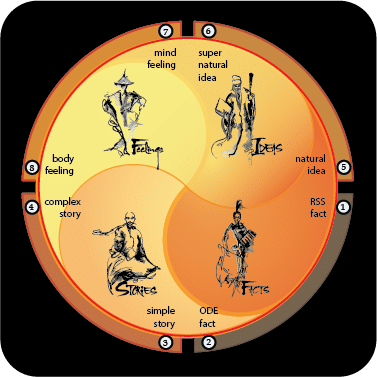How Do You Rule a Diagnosis In or Out?
Arguably, Ashwin, understanding this question should be in the top five concepts for all those practicing in the medical / psychological professions. Being in the latter, my answer will focus on DSM-V diagnoses. Setting aside the myriad problems in the DSM’s design, the key to diagnosing lies in a single word.
“Differential.”
Here, the process goes something like this.
You begin by first observing the person. Critically, you observe both what is and what is not present. To do this, you must do your best to set aside any biases provoked by the patient’s reporting of the presenting problem. Of course, this reporting must be considered, but only after making a proper assessment. At which point, you must then apply the differential to distinguish between any and all similar diagnoses.
For example, say a fourteen year old girl presents with a gross inability to respond to questions in classroom situations. After exploring further, a possible diagnosis seems to lie in the PTSD group. But when you contrast and compare the criteria for PTSD with that of Selective Mutism, you find a differential. The symptoms for Selective Mutism appear only in settings where the patient is expected to talk. Whereas those for PTSD exist outside of this scope as well.
A second example would be bipolar 1 and bipolar 2. In many ways, they are both the same, which can lead to confusion. A person with bipolar 1 will experience a full manic episode, while a person with bipolar 2 will experience only a hypomanic episode (a period that’s less severe than a full manic episode).
The difference between these two states? Largely, that the person does or does not recognize how detached from reality they’ve become.
This difference is the differential.
As a side note, one of the books I’m currently writing reconsiders the diagnostic manual’s design [The Diagnostic Manual Re-imagined / Can we stop saying people are broken?]. Differentials are frequently ill-defined and too vague for most clinicians to feel certain. A proper diagnostic manual would be based on clearly defined, tipping-point based measures. This would lead to properly defined terms as all things would exist in pairs of complementary opposites, in effect, each pair encompassing the full scope of what a thing is and what it is not, thus tipping clearly. Sadly, describing this sufficiently is far beyond the space allotted here.
